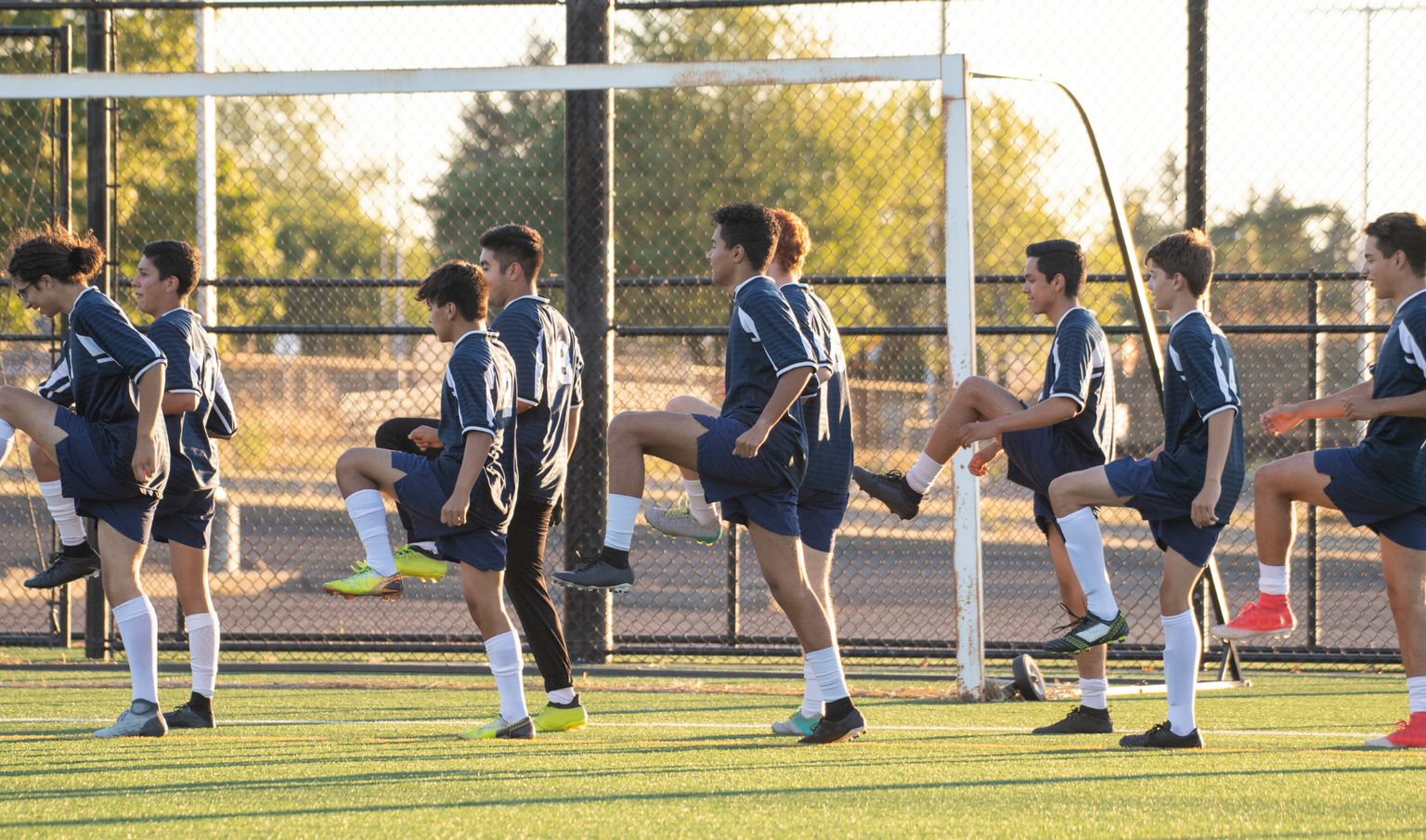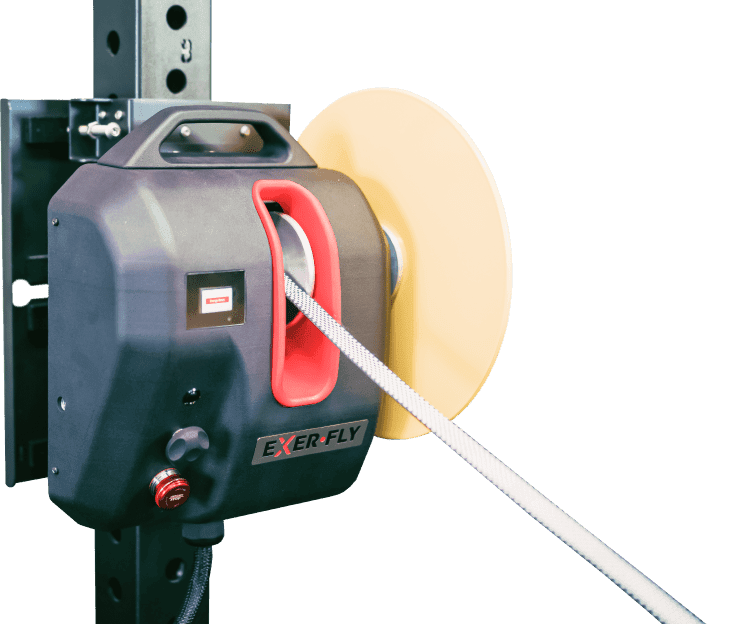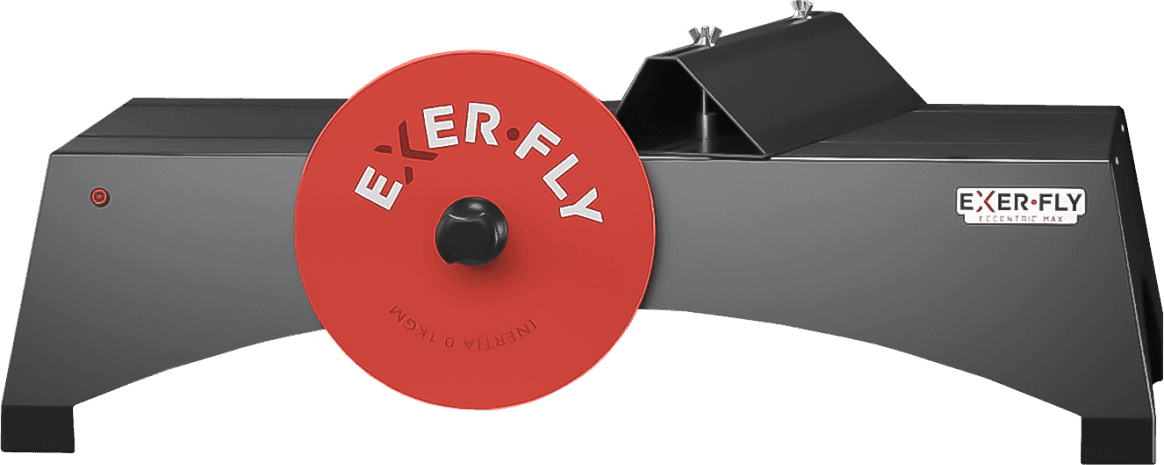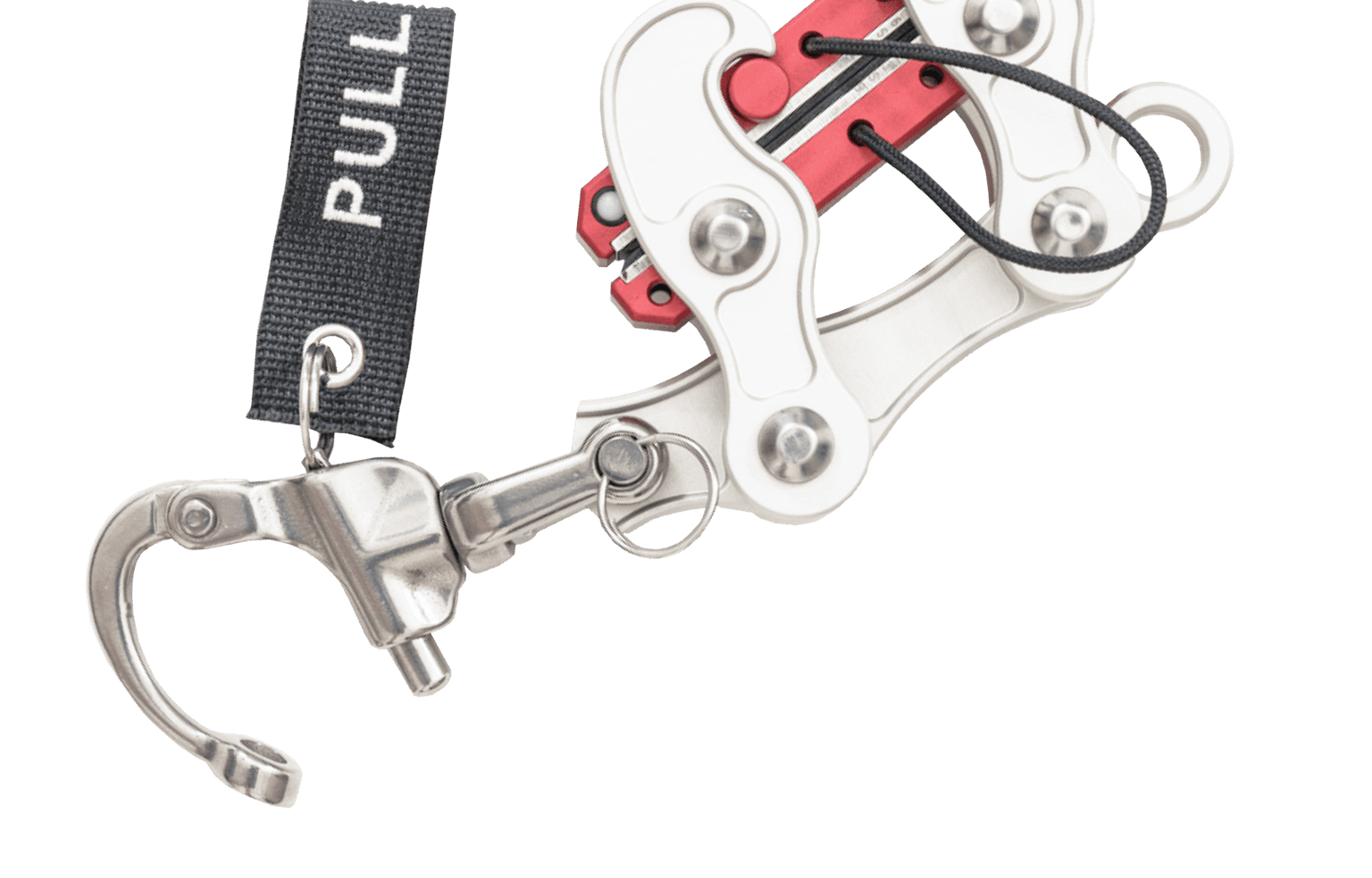
Are Traditional Football Warm-Ups Outdated? Flywheel Training for Performance and Injury Prevention with Ricky McFarlane
Ricky McFarlane, Head of Performance at Crawley Town FC and PWR Sports & Human Performance, shares valuable insights into the importance of integrating flywheel resistance training into warm-up routines.
The majority of football warm-ups haven't progressed for the best part of 20 years. And what I find interesting is that we have an untold number of statistics and analysis that show us over 70% of all injuries come from eccentric loading of tissues.
And yet, the warm-up for the majority of football clubs is all about increased blood flow, increased heart rate, your traditional style warm-up. If you look at other sports, even like the NFL, American football, they're actually looking to prepare the tissues for what's coming in that physical exposure. And if you look at predominant injuries in football, hamstrings, calves, adductors, even ligament injuries like ACL, MCL, they're all done under eccentric loading. So why wouldn't you then prepare those tissues to take those loads prior to a game?
According to researcher’s flywheel resistance training (FRT) may be especially beneficial for athletic populations (1) and when it is implemented as part of activation protocols flywheel has been very successful in enhancing strength and physical performance via enhanced jumping, sprinting and change of direction abilities (2, 3, 4).
So, with the teams I would use the flywheel to increase that eccentric isometric, or iso inertial readiness before a game. The players would go for a generalized warm up to increase blood flow, increase heart rate then into dynamic movements to stimulate the nervous system and increase joint mobility. And then, once the initial phase of the warm-up is done, and the players return to the locker room, they will perform a circuit on the flywheel to prime the muscles. The circuit consists of a quad dominant knee flexion extension: squats, hip hinge, and then ankle dominant exercises of the calf and soleus complex.
The circuit consists of:
- 1 set x squat
- RDLs
- Straight leg calf raises
- Bent knee soleus raises
In summary, the players perform their general and dynamic warm-up and then complete a submaximal high-volume circuit on the flywheel thereby preparing them for optimal performance while minimizing risk of injury. This evolution in warm-up methods is evident across various field sports. Contact us today and stay ahead of the curve!
References
- Beato M, Maroto-Izquierdo S, Hernández-Davó JL, and Raya-González J. (2021) Flywheel training periodization in team sports. Frontiers in Physiology 12: 732802.
- Beato M, McErlain-Naylor SA, Halperin I, and Iacono AD. (2020) Current evidence and practical applications of flywheel eccentric overload exercises as postactivation potentiation protocols: A brief review. International journal of sports physiology and performance 15: 154-161.
- Maroto-Izquierdo S, García-López D, de Paz JA. (2017) Functional and muscle-size effects of flywheel resistance training with eccentric-overload in professional handball players. J Hum Kinet. 60: 133–143.
- Raya-González J, Castillo D, de Keijzer KL, Beato M. (2021) The effect of a weekly flywheel resistance training session on elite U-16 soccer players’ physical performance during the competitive season. A randomized controlled trial. Res Sport Med.1–15.






